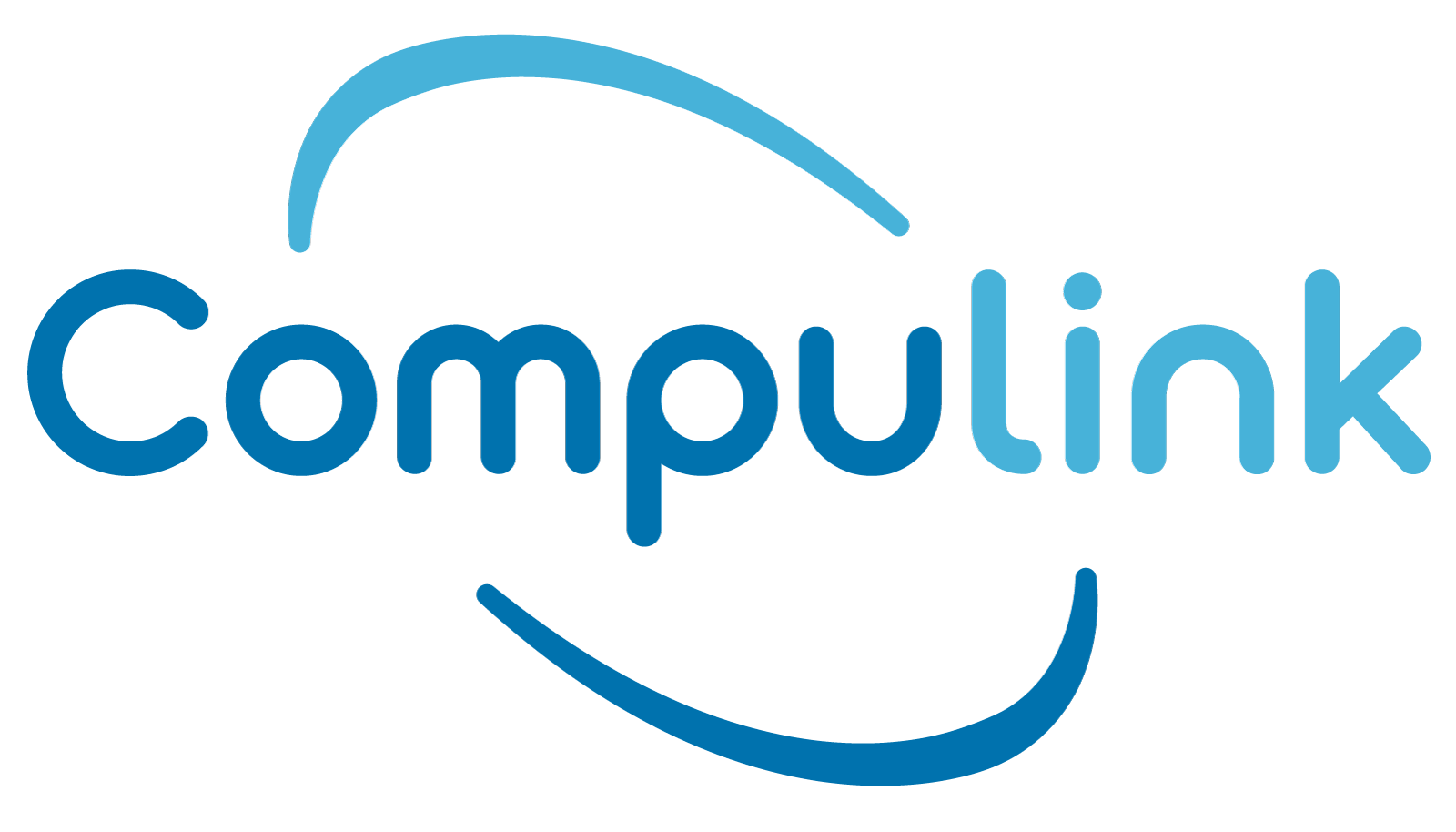This article was originally published on PCGuide.com |
3-D Printing
Despite being around for the better part of 40 years, 3D printing is still a relatively new technology that most home consumers are still yet to learn the benefits of. It’s still thought of as a concept that was cherry-picked out of a science fiction movie without any real merit.
It’s an assumption that couldn’t be more true, as 3D printing has actually undergone a number of exciting developments over the last couple of decades. Even still, there are probably many who are wondering, “what is 3D printing? What can it do for me?”
These questions (and many more) are exactly what we at PC Guide are here to answer. This page is your hub to everything you need to know about the world of 3D printing, its history behind 3D printing, and its uses today.
History Of 3D Printing
Whilst you might assume that 3D printing is still in its infancy, which in some ways it very much is, additive manufacturing technology has actually been around for the last 40 years.
The Financial Times has recently reported it as being “bigger than the internet”, which goes to show how technology can evolve and develop over time into what they are today.
You can date the earliest record of 3D printing back to May 1980, when Dr. Kodama filled out a patent application in Japan, but you can trace it further back to its origins in 1986 when Charles Hull patented his stereolithography apparatus (SLA). He then went on to co-found 3D Systems Corporation, which is now a household name in the 3D printing industry.
It was this company that created one of the first machines to utilize 3D printing technology, and they’ve only gone on to develop their products and make new strides in this field.
However, it might interest you to know that only in the late 1990s was 3D printing truly acknowledged for the potential you see it beginning to touch upon today.
Since then, there have been major efforts to better understand this technology. One example of this was in 2005 when it became apparent that 3D printers had evolved to the point where they could basically build themselves. Who knows where we’ll be with it in another twenty years!
What Is 3D Printing?
3D printing is the production of parts and system components which are typically stronger, better quality, and more lightweight compared to their more traditionally printed counterparts.
What this essentially entails is the creation of a three-dimensional digital design by layering material on top of itself in order to build a physical model that replicates this design exactly.
At its core, additive manufacturing technology provides the basis for 3D printing, which is an entirely new and unique printing process compared to anything else currently on the market.
This is different from subtractive manufacturing, which is the process of cutting out sections of a type of material such as metal or plastic, using a tool like a milling machine, for example.

In order for 3D printing to work, you’ll need to design your digital model.
There is a wide variety of software available that you can use to design your 3D model, each with a number of different tools ranging from industrial level to open source.
We believe the best software to start out with when you’re still learning the ropes of 3D printing is Tinkercad, which is free and can be used in-browser without needing to install it.
There are lessons offered for beginners and once designed, you can export your model as a printable file, like .STL or .OBJ, for example. Once the file is ready, you will need to get it prepped and ready for your 3D printer, which is what’s known as slicing.
In order to be ready for printing, your 3D design needs to undergo a process called slicing, done using special slicing software. This essentially means your 3D model is sliced into thousands of layers, ready for your 3D printer to layer the material as it builds your design.
Your digital design turned printable file will now be ready for printing, and you can transfer the design to the printer via a USB, SD, or Wi-Fi connection.




